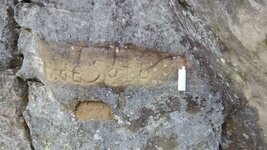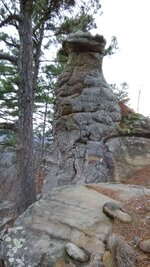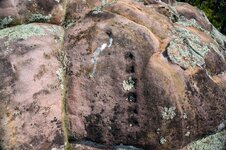Harvest
Full Member
- Apr 6, 2008
- 139
- 101
- Detector(s) used
- Whites SL90, Surf PI, Minelab Excalibur 800
- Primary Interest:
- Shipwrecks
I have investigated a cave that is to believed to hold a treasure of possible the DeSoto travels, in side is helmet on top of a chest in the rear of the cave. This story was passed on to me by an old Native American, who saw inside the cave. There were skeletons near the enterance of the cave where a booby trap activated on some poor soul. I was told that it is dangerous and has a curse on it , thus booby traps, this person did not venture any further into it. I have a possible location of this cave and I was wondering if anyone out there has heard of this story or anything close to it, before I venture into a search of this area.
Thanks,
Harvest
Thanks,
Harvest










